Bluenest by Globalvia is a designer, constructor, and operator of vertiport networks. It is also the Advanced Air Mobility division of Globalvia, a multinational managing transport infrastructure concessions and mobility services across multiple countries. Bluenest aims to provide air mobility as a complement to Globalvia’s existing and exclusively ground-based mobility services, which include highways, railways, buses, metro and trams. Whereas new ground-based infrastructure requires high investments and often affects the environment unnecessarily in remote areas, air mobility with electrical vehicles and renewable energy is a sustainable alternative.
This is why Bluenest primarily focuses on developing and operating vertiport networks to facilitate the integration of electric vertical take-off and landing (eVTOL) aircraft, into urban and remote environments. The company was established in Spain in 2021. The following year, it initiated its first eVTOL flights and the first operative heliport in Doha, Qatar during the FIFA World Cup.
Introducing the concept behind vertiports
Vertiports are take-off and landing sites for eVTOL (electrical vertical take-off and landing) aircraft that comply with drone safety and airspace regulations. Currently, multiple vertiports are planned around the world, including Australia, Spain, and the US. Bluenest designed a variety of over 30 vertiports (different sizes and configurations) along with Luis + Vidal, a renowned architect firm, and partners to cater for different use cases.
Vertiports are designed specifically for electrical VTOL () vehicles like air taxis and cargo drones. Key features include landing and take-off pads, passenger terminals, charging and maintenance stations, and air traffic control and safety systems. They also require integration with ground transport, accessibility and scalability for possible future expansion.
 A single vertiport requires at least an asphalted area with a diameter of 30 meters for landing, recharging, and boarding people or goods for vehicles of over 15 meters of diameter. A vertiport functions like a small terminal where people can board an aircraft without the long waiting times of an airport. The number of passengers for a single eVTOL is 4-6 people.
A single vertiport requires at least an asphalted area with a diameter of 30 meters for landing, recharging, and boarding people or goods for vehicles of over 15 meters of diameter. A vertiport functions like a small terminal where people can board an aircraft without the long waiting times of an airport. The number of passengers for a single eVTOL is 4-6 people.
Although there are multiple competing businesses operating vertiports, collaboration between different vertiports is required to connect them. Similarly, individual vertiports have a single operator, who is supervised by a network manager responsible for multiple vertiports in a single region.
The benefits of vertiports
Vertiports help reduce traffic inside cities and offer more sustainable transportation. Bluenest by Globalvia sees vertiports as a way to bridge and connect people and goods, and critical infrastructure for eVTOLs that is optimized, interoperable, sustainable, and efficient.
Vertiports have benefits for both urban areas and remote areas. For example, they function as a connection between an airport and suburban areas, while they enable remote areas to be reached more easily and faster without harming the environment by the creation of tunnels or roads.
Vertiport security and site selection
Bluenest’s vertiports are meant to be technologically agnostic, interoperable, and environmentally sustainable. Being technologically agnostic is a necessity today: for example, there is currently no standard for charging stations. This requires Bluenest to work with multiple vendors and learn from different co-existing technologies.
Vertiport locations are selected based on different factors. One important factor is safety so that its surroundings are free of obstacles and there are emergency landing spots available. The airports need a lot of surrounding space for the drones to take off and land securely. During operations, security is secured by constantly surveying the ground and the airspace for non-collaborative drones, other aircraft or birds.
Bluenest’s vertiport focus areas
Bluenest focuses on multiple vertiport use cases for both passengers and cargo. These include panoramic or tourist flights (sightseeing tours), emergency services, airport shuttle services, and intra- and intercity flights.
The company’s immediate priority lies in transporting medical cargo for emergency services. Plans exist to expand vertiport use to transport passengers as well as for emergency purposes in the future. Tourism is the second focus area, such as in Dubai where a drone will fly a fixed route for tourists over the island. The highest expectations in terms of revenue are expected from suburban connectivity and regional mobility use cases.
Bluenest by Globalvia operates internationally and is targeting multiple countries in the south of Europe and Latin America. Bluenest is currently focusing on vertiports for cargo transport near ports in Spain, including Sevilla and the Canary Islands and passenger vertiports in Lisbon. Over time, these vertiports will also be able to transport passengers.


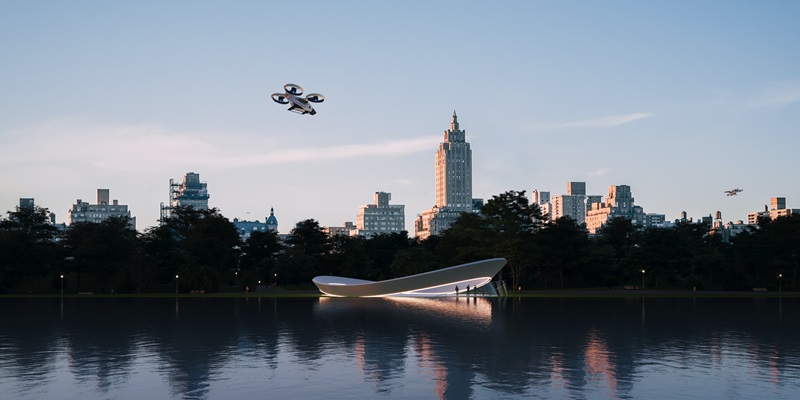

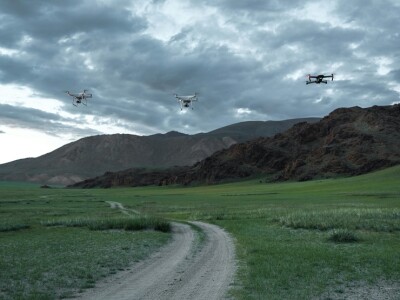
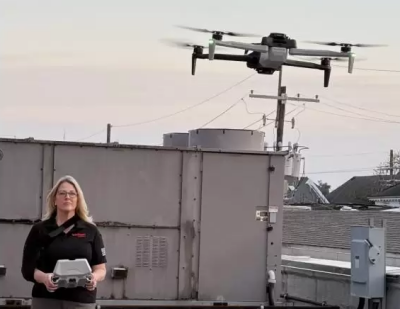
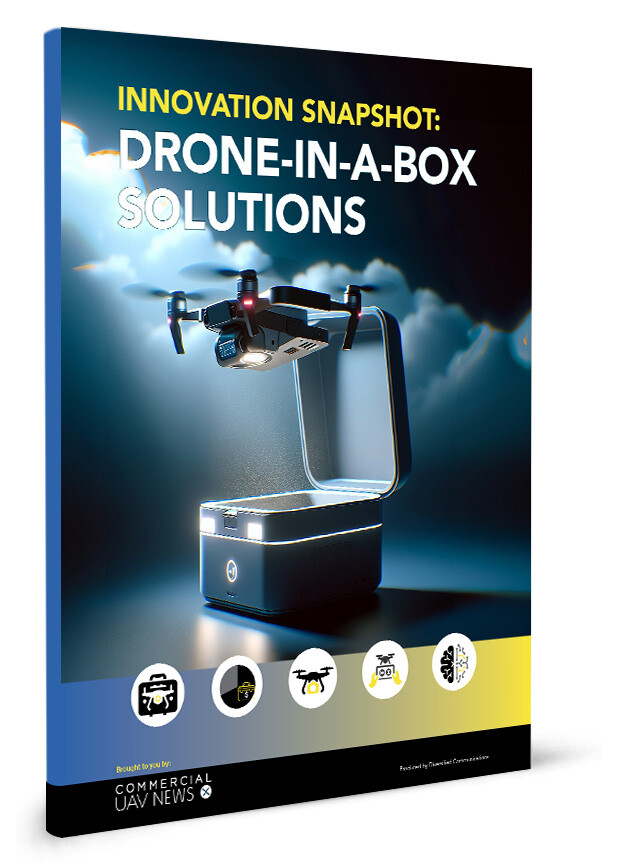

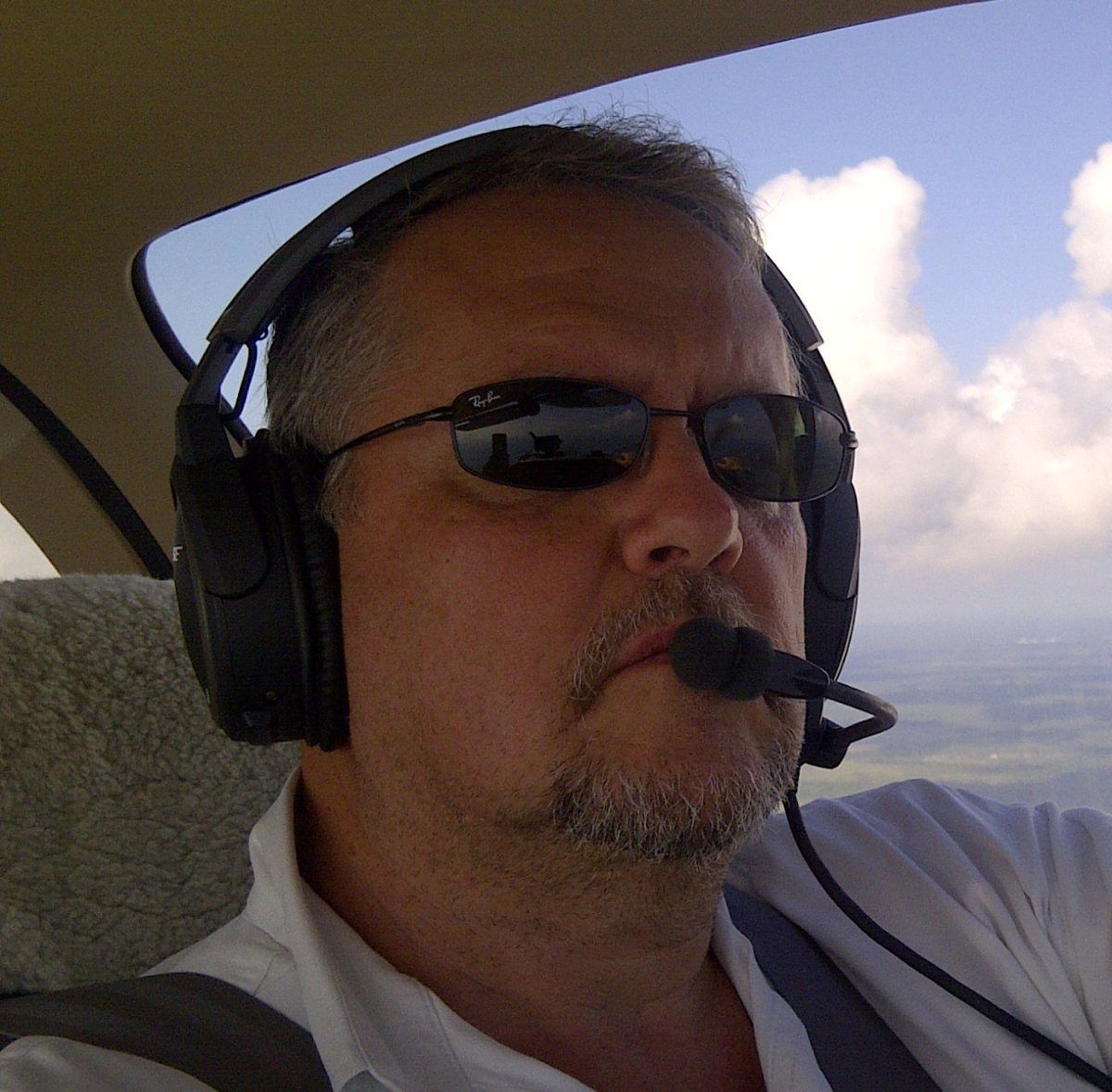



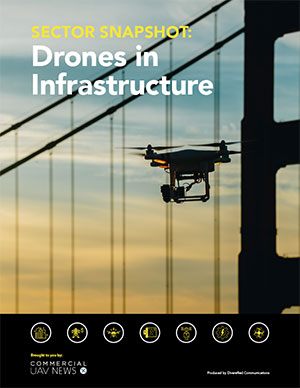


Comments